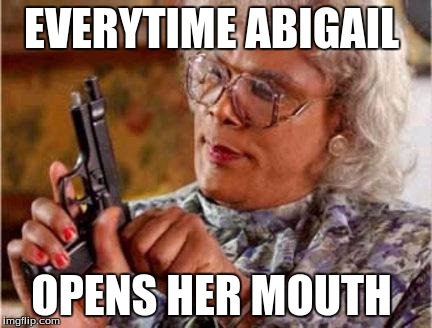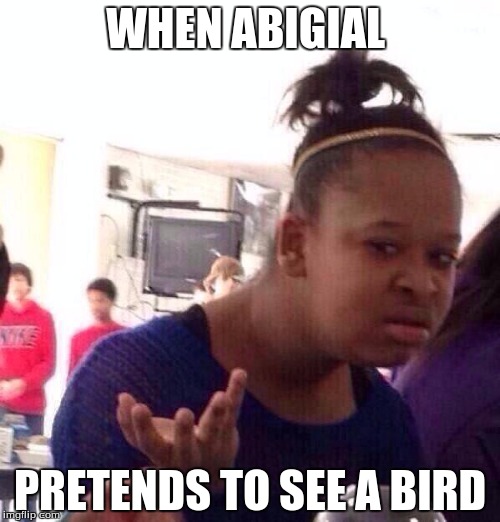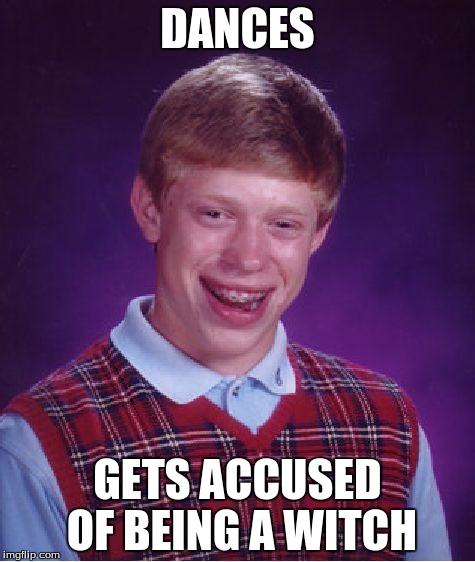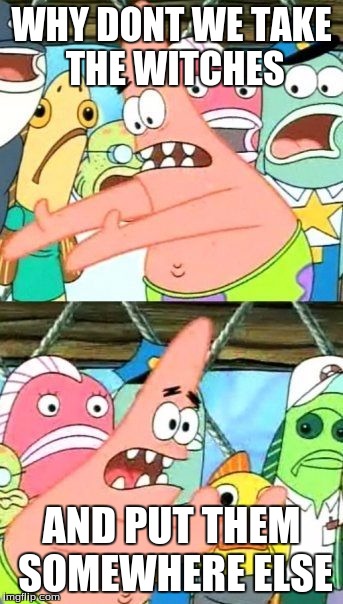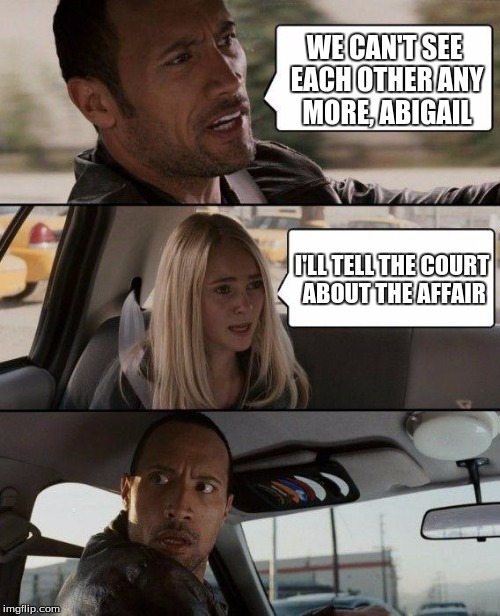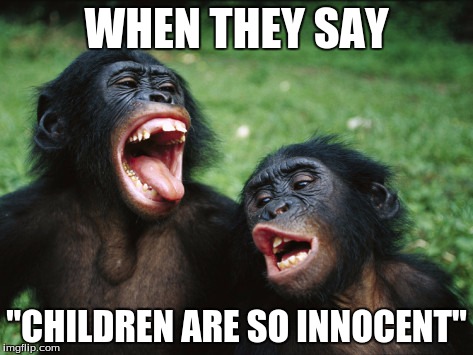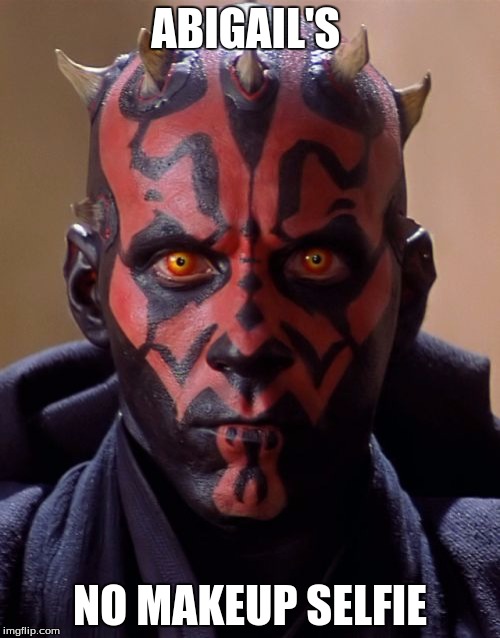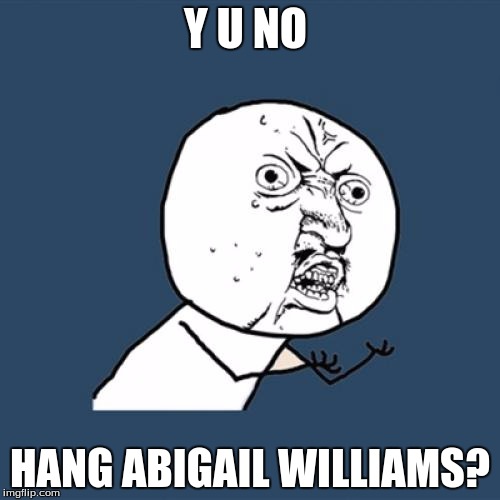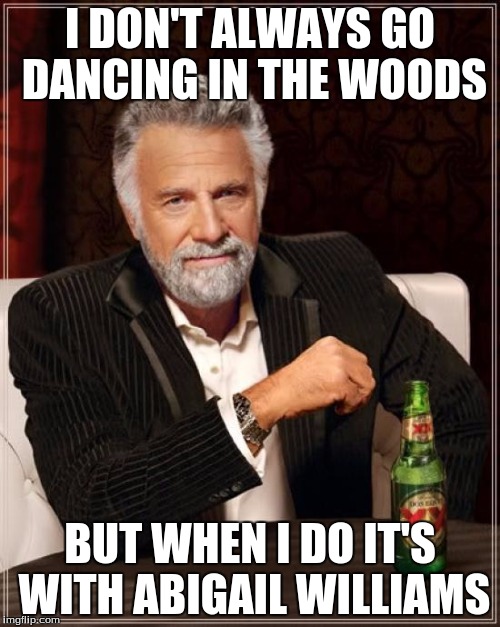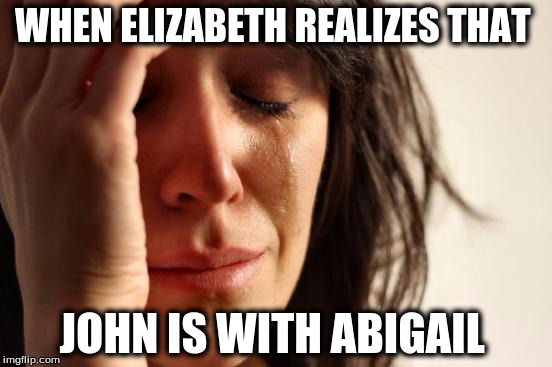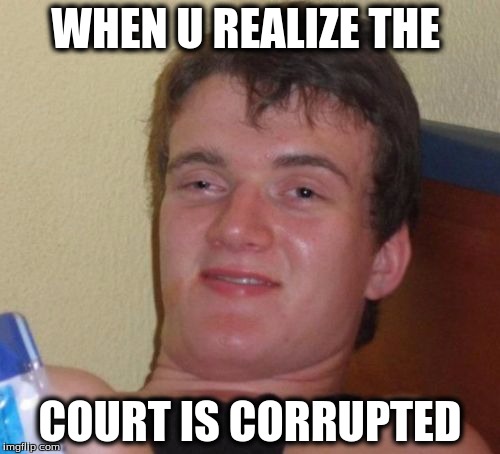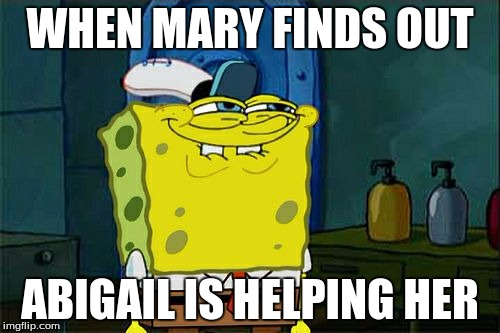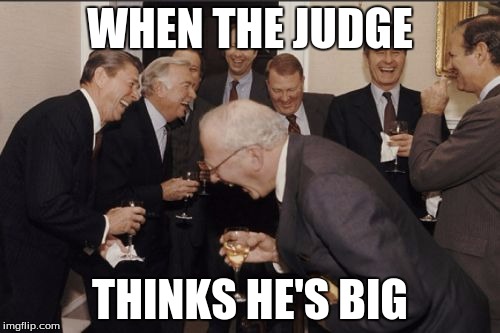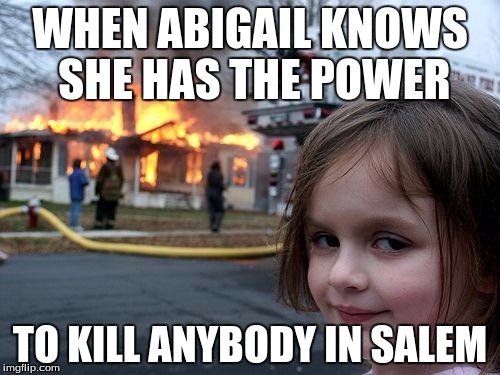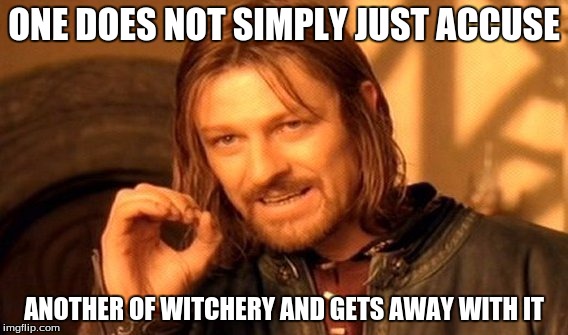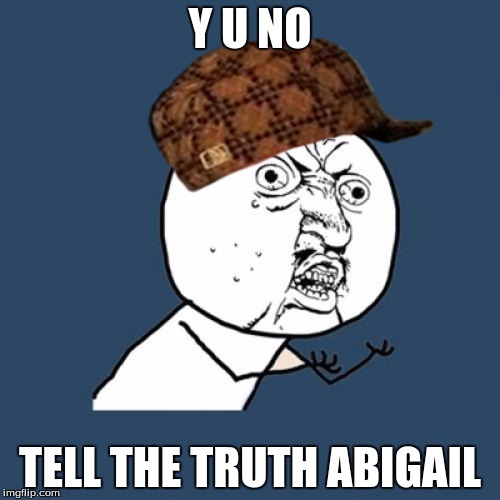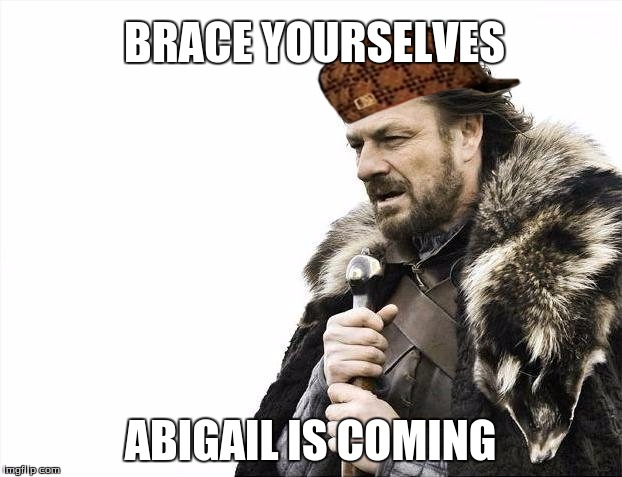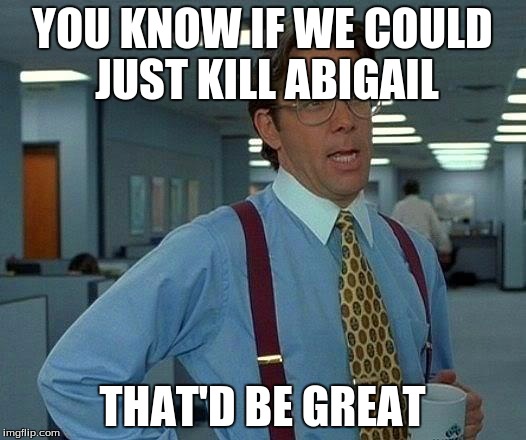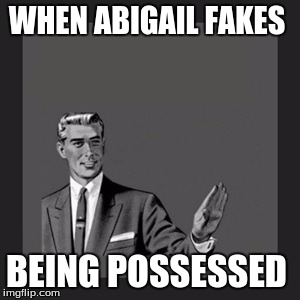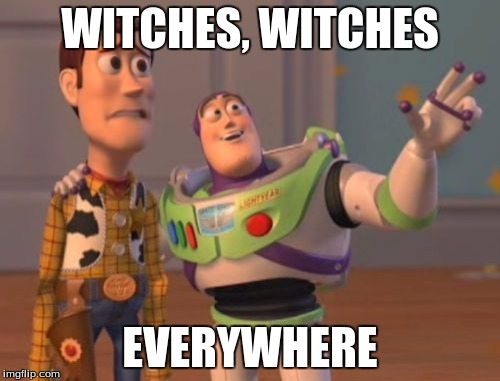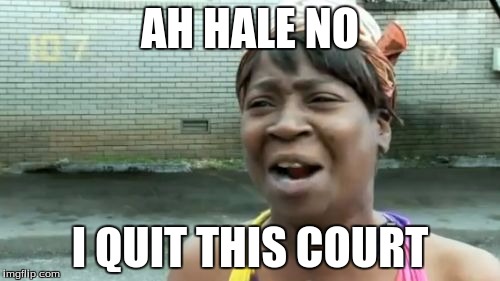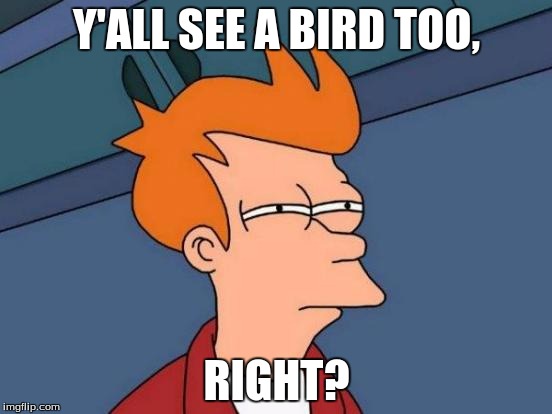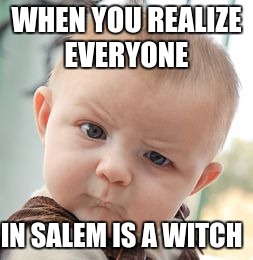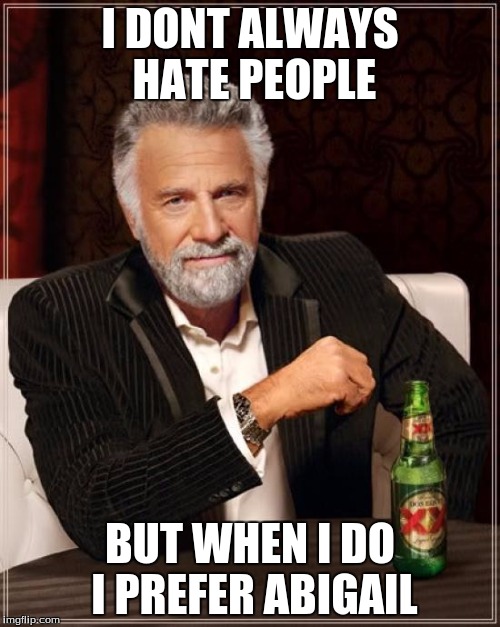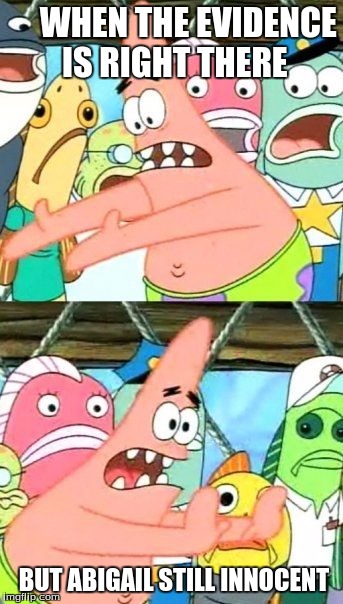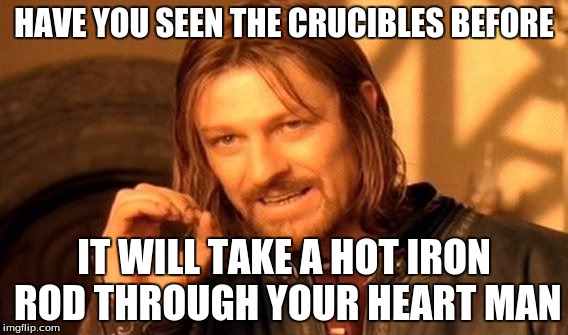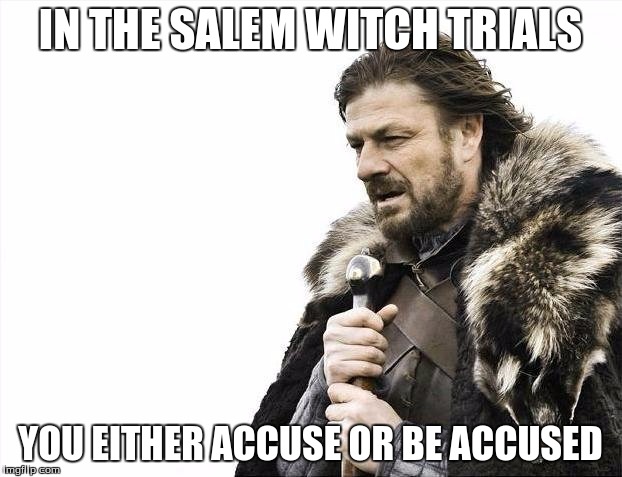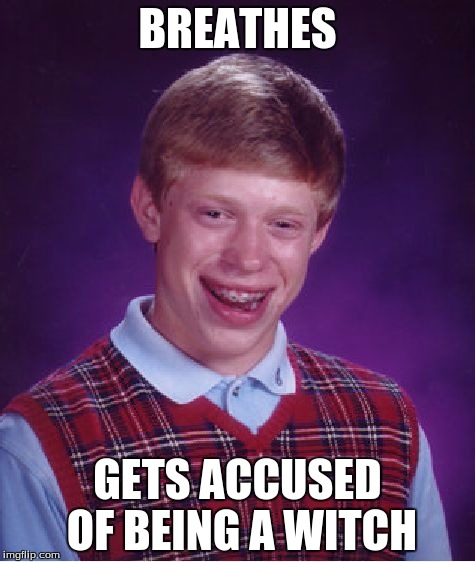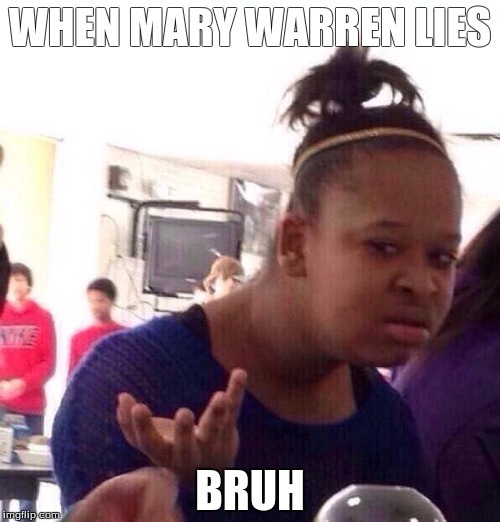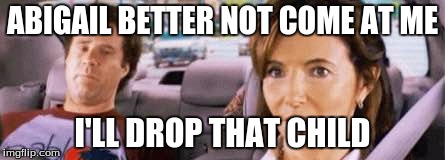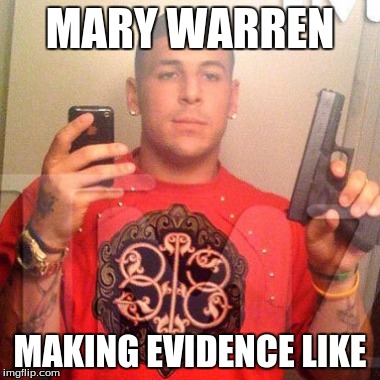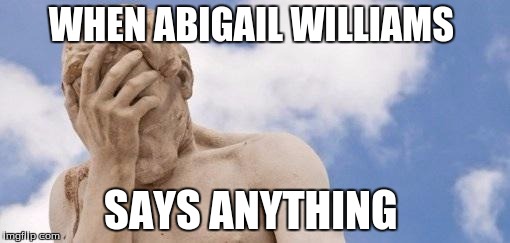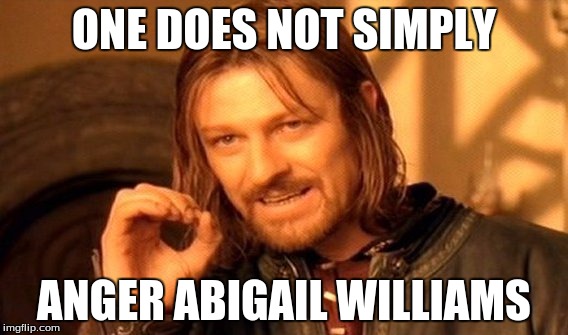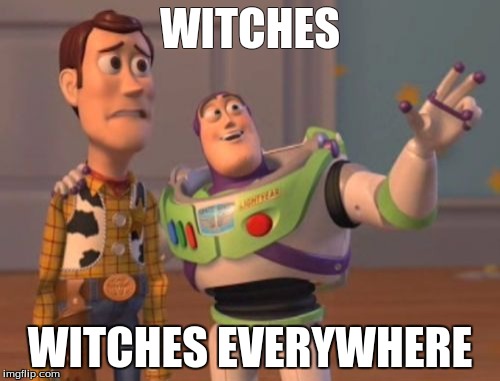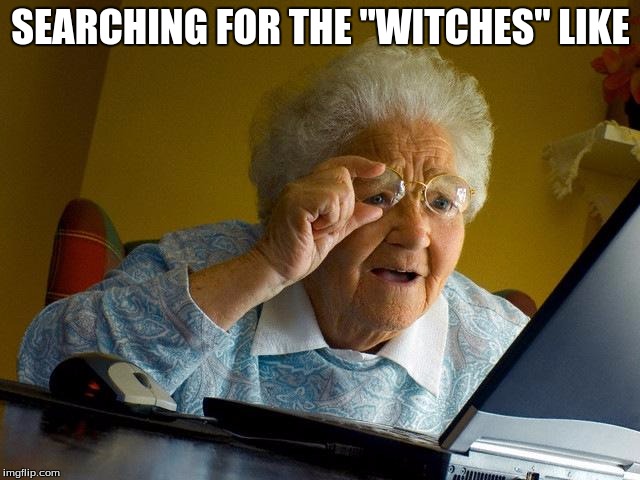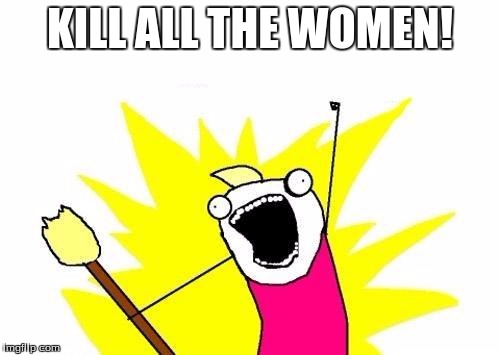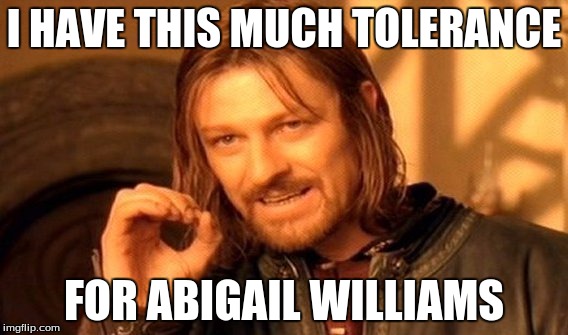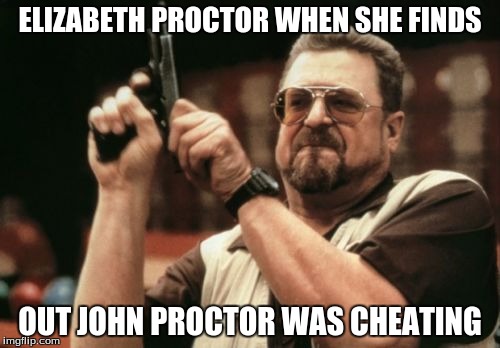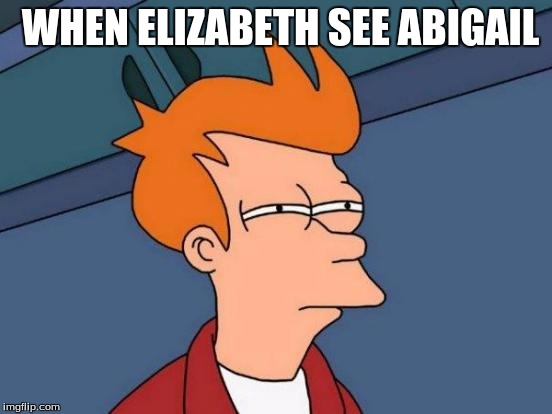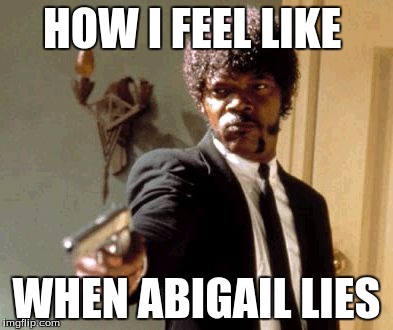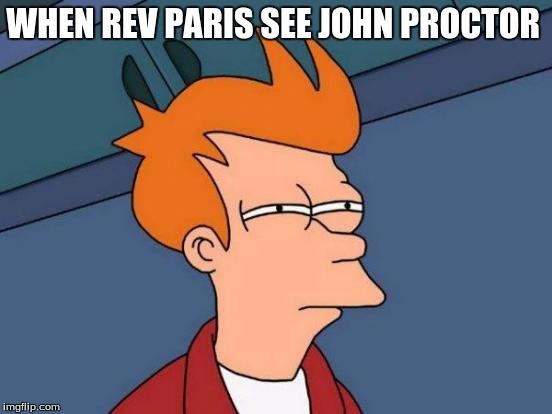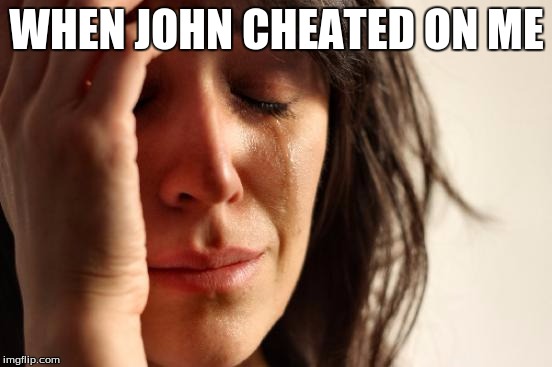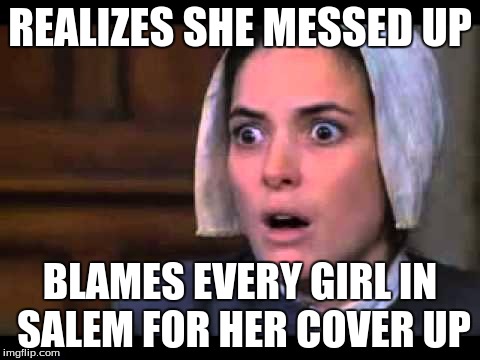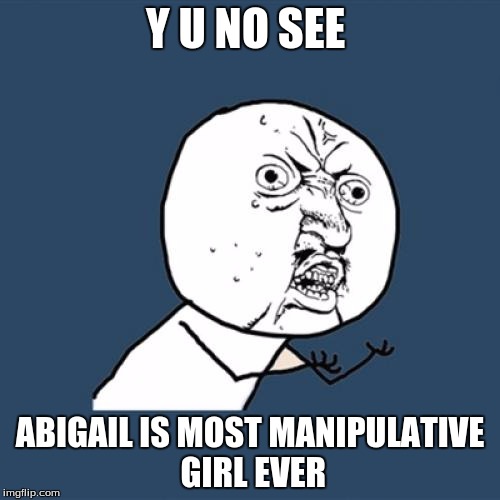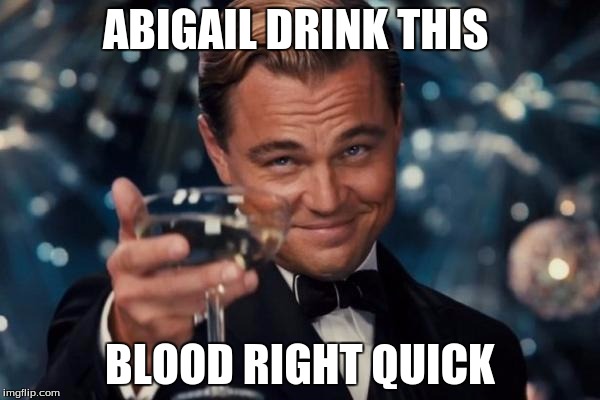Edu 653
Wednesday, November 15, 2017
Saturday, November 14, 2015
Hole in the Wall
“How is present day schooling going to prepare them?" - Sugata Mitra
In Sugata Mitra’s Ted Talk, he speaks about how to allow students to learn. Students by nature want to do well. They want to succeed. Most of all they want to grow! He states “Learning is about “not making it happen, but letting it happen.” If we allow students to let learning happen, the world is in their hands! That sad truth is many teachers get in the way. Many teachers without even the knowledge hinder a child’s learning because of one simple thing. The way they respond to students. One of the my favorite quotes from Sugata Mitra’s Ted Talk is that "schools as we know them are obsolete….schools as we know them are not broken. It’s wonderfully constructed. It’s just that we don’t need it anymore.”
“Encouragement is the key!”
I have often heard it said before that “you catch more flies with honey than you do with vinegar.” While this is true when trying to gain something, it is also true when it comes to student success. Ask any teacher! Just incase you do not want to, I will provide one teacher’s insight. Comments such as “why don’t you know this?” “maybe you should have paid attention and you would understand the lesson” “If you fail, sorry you fail. I did my duty” GETS NOWHERE FOR EVERYONE! Now, if I sat here and acted as if I have never had this thought, I would be lying. Everyone has had a thought such as those, but what is important is the action taken. Is it easy to get frustrated? YES! Would it being easier to just give up? ABSOLUTELY! Who good would you be doing if you responded this way? NONE! Students are people and sometimes it has hard to remember that. Just like the rest of the world, they need positive reinforcement, encouragement, and most of all belief in them!Tuesday, November 10, 2015
Digital Story Telling
Digital Story Telling....What is it?
Digital story telling is exactly what it sounds like. You tell a story digitally rather than orally. This can be done in many different ways. Below are a 2 links to the videos I created. One is more personal than the other, but both tell a little bit about me. There are many, many different tools to use for creating a digital story. Follow the following link to check out the top 21 free digital story telling tools for teachers and students. I choose to use animoto simply for person preference. To those who have never used tried creating a digital story animoto is very user friendly! :)
Digital Story of my life
Digital Story of my digital footprint. - This was one created for a class assignment, but turned out to be rather though provoking and entertaining.
Hope you enjoy!
Tuesday, October 13, 2015
Household and TPACK
To complete this quest, you're going to need a few materials from your house and or storage-area in your dorm room.
You may need to solicit help from a friend who can be trusted.
(A friend is not required but will help!)
(A friend is not required but will help!)
Ready to get started? Make sure to read ALL of the steps before you start so that you understand the full sequence.
Preprocess : Have lap top, phone, tablet or iPad open to the assignment page. Make sure spin wheel works.
If the spin wheel is not working, you will need 2 bowls (or whatever you've got lying around) that will hold 5 slips of paper and into which you can fit your hand for drawing one slip out.
- In one bowl write tape, scissors, milk, cling wrap, and toilet paper on individuals slips of paper. Place the slips of paper in one bowl. Draw one slip of paper out of the bowl to select the item.
- In the other bowl, write "hang a sheet of paper on the wall", "make a wheel make a tiny bridge,""make a back scratcher," and "carry a egg to the opposite side of the room (cannot put egg in palm of hand)" on individual slips of paper. Place the slips of paper into the other bowl.Draw one slip of paper out of the bowl to select the task.
Locate and place together the following items:
tape, scissors, milk, cling wrap, and toilet paper.
Step 1
Set up a video recording device so that you can capture this process as it transpires. Prop it up so that you've got a decent angle. For a phone or tablet, set up the the screen so you're capturing landscape or widescreen view.
*You may need to take individual videos of you performing the task, so there is not a bunch of time wasted*
Step 2:
If you have a friend assisting in your process, call them into the room, ask them to spin the "select and item wheel" below. Once the item has been selected on the pinwheel, grab the item and wait for the task to complete. If you do not have one of these items, spin the wheel again.
>
Step 2 Alternative:Grab a slip of paper, without looking, out of the "item" bowl.
Step 3:
Spin the “task to do” wheel. Once the task has been selected, you and a
friend will have to complete the following task using the selected item.
Step 3 Alternative:Grab a slip of paper, without looking, out of the "task" bowl.
Step 4
Turn on your video recorder.
Step 5
Show us (your audience) your items and tell us what task you have selected by spinning the “task to do” wheel. (If possible show pictures of the wheel.)
Step 6:
Complete the task. As you do so, talk aloud about your observations. Talk about how well suited the item is to the task you have to complete. Talk about how you have had to "repurpose" the tool to accomplish the task. Talk about the tool (if any) you would rather have and why. Talk about them item you were given and if it is adequate for the task. Explain why or why not.
Step 7:
Press stop. Upload your recording to YouTube. Post the video to your blog, and write a reflective blog post about ‘Household Task with TPACK” activity. In your blog post, provide a little background information for your blog readers. Explain why you are making the video and how it relevant. Reflect on your learning experiences. Make connections to the idea of repurposing, to the TPACK framework, and to implications for classroom practice. Your post should be no longer than 300 words.
Step 8:
Share the link to your blog post in your selected Person Learning Network. (google+, twitter, Pinterest)
Step 9:
Watch two peers' videos. Enjoy and laugh.
Tuesday, October 6, 2015
Digital Citizenship
Digital Citizenship, what is that?To most of the internet users digital citizenship simply means that you are citizen of the digital technology right? WRONG! Digital Citizenship is the norms of appropriate, responsible technology use, the what you can and cannot do. What you can and cannot use. How and what is appropriate to cite technology and images...etc. I had not a single idea about digital citizenship before taking a graduate course the focused not he topic. The idea that images on google are not just "up for grabs" was mind blowing, shocking statement to me. I know this sounds ridiculous, but seriously I never thought about the fact that I am copying others work as my own. Being an English Teacher, I know all about the consequences of plagiarizing, but not once did it occur to me that someone could plagiarize a photo. Copyright law requires that we accurately cite sources of digital content. Citing a Google image search does not provide proper attribution to the creator and owner of the images. You must specific sources where your images originated. Again, something that seems so basic, but most forget. A quick and dirty tip or this is to hyper link the image to the origin (webpage) the image was found on. To access the page when searching on google images, just click view page rather than view image and copy the URL at the top.
Is the copy right laws all digital citizenship cover? NO, not at all!Digital Citizenship is all about teaching children the proper uses of technology. It is introducing them to their digital footprints. Digital Citizenship also brings about different laws covering different topics such as: children's digital privacy, privacy of student accounts and records, and children personal information stored on the internet. 3 laws have been put into place to ensure these 3 things occur.
1) CIPA - Children's Internet Protection Act
CIPA has been around since 2000, yet there is still much confusion about the law. A great article to help address and answers questions is CIPA: 10 Years Later, There is Still Confusion.
2) COPPA - Children's Online Privacy Protection Act
What are some frequently asked questions about COPPA? This article, Complying with COPPA: Frequently Asked Questions, will address those questions and provide answers.
3) FERPA - Family Educational Rights and Privacy Act
How does FERPA apply to my family? FERPA for Students and Parents will answer that!

So why is all this important?

This work is licensed under a Creative Commons Attribution-NoDerivatives 4.0 International License.
Thursday, September 17, 2015
Subscribe to:
Posts (Atom)

